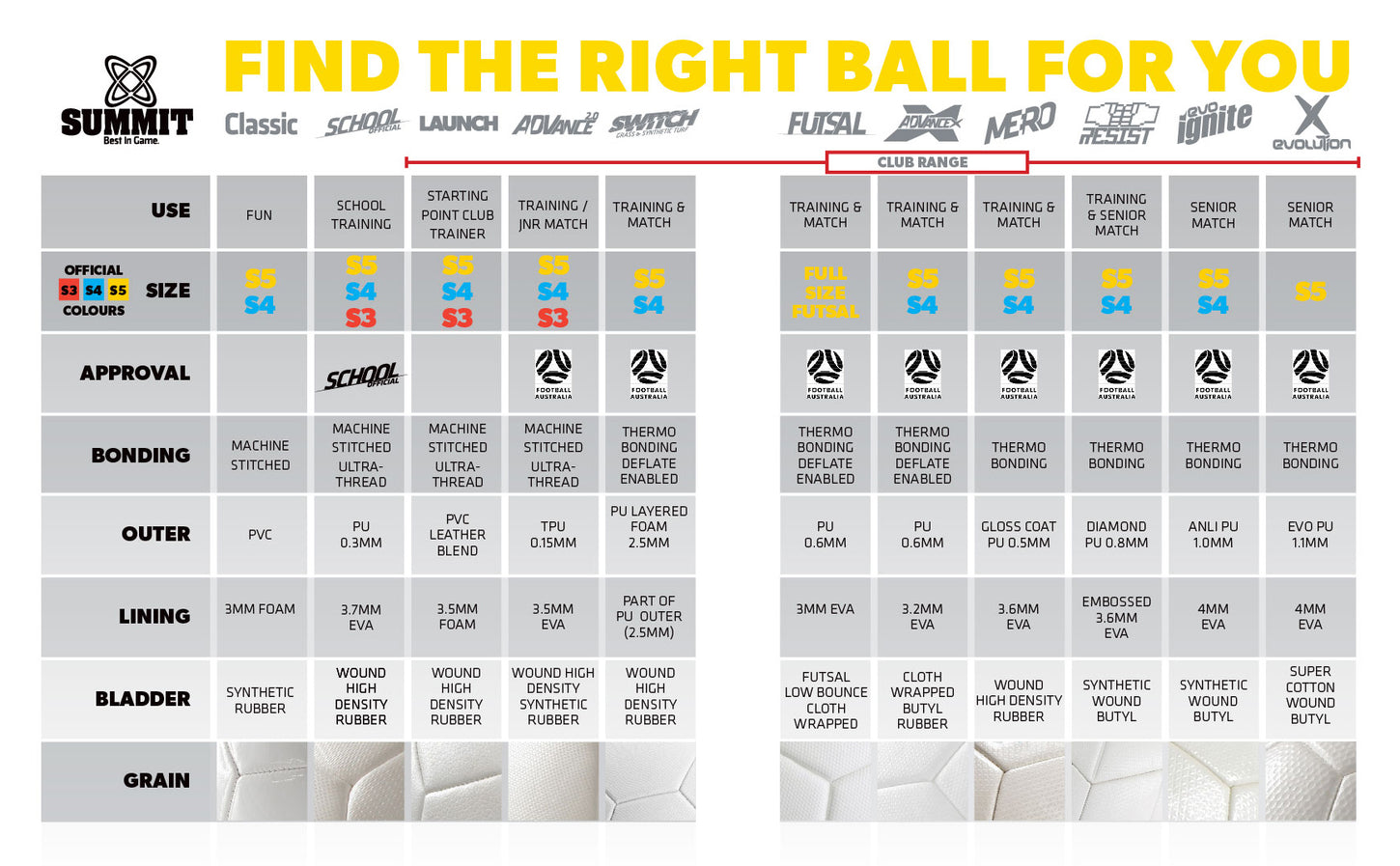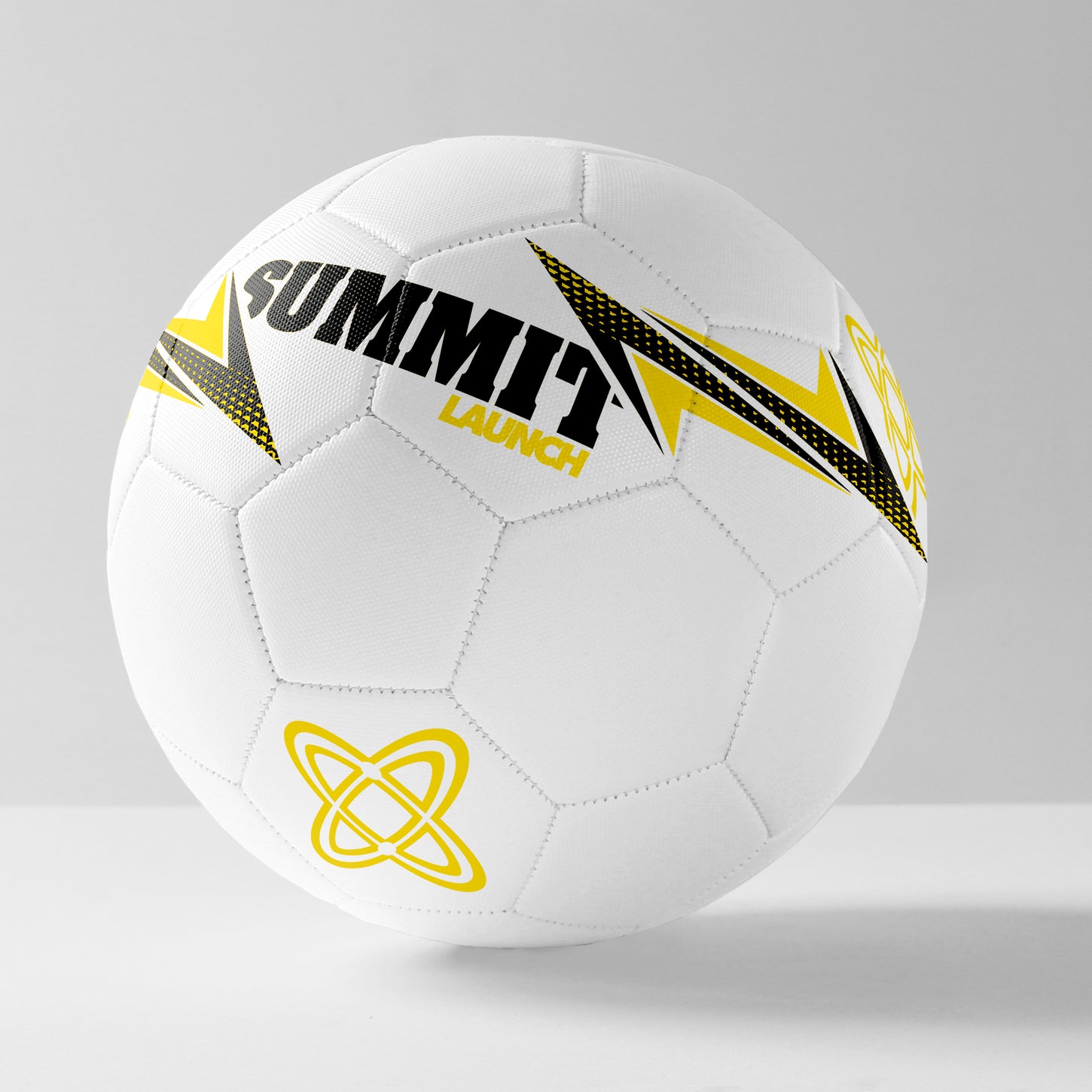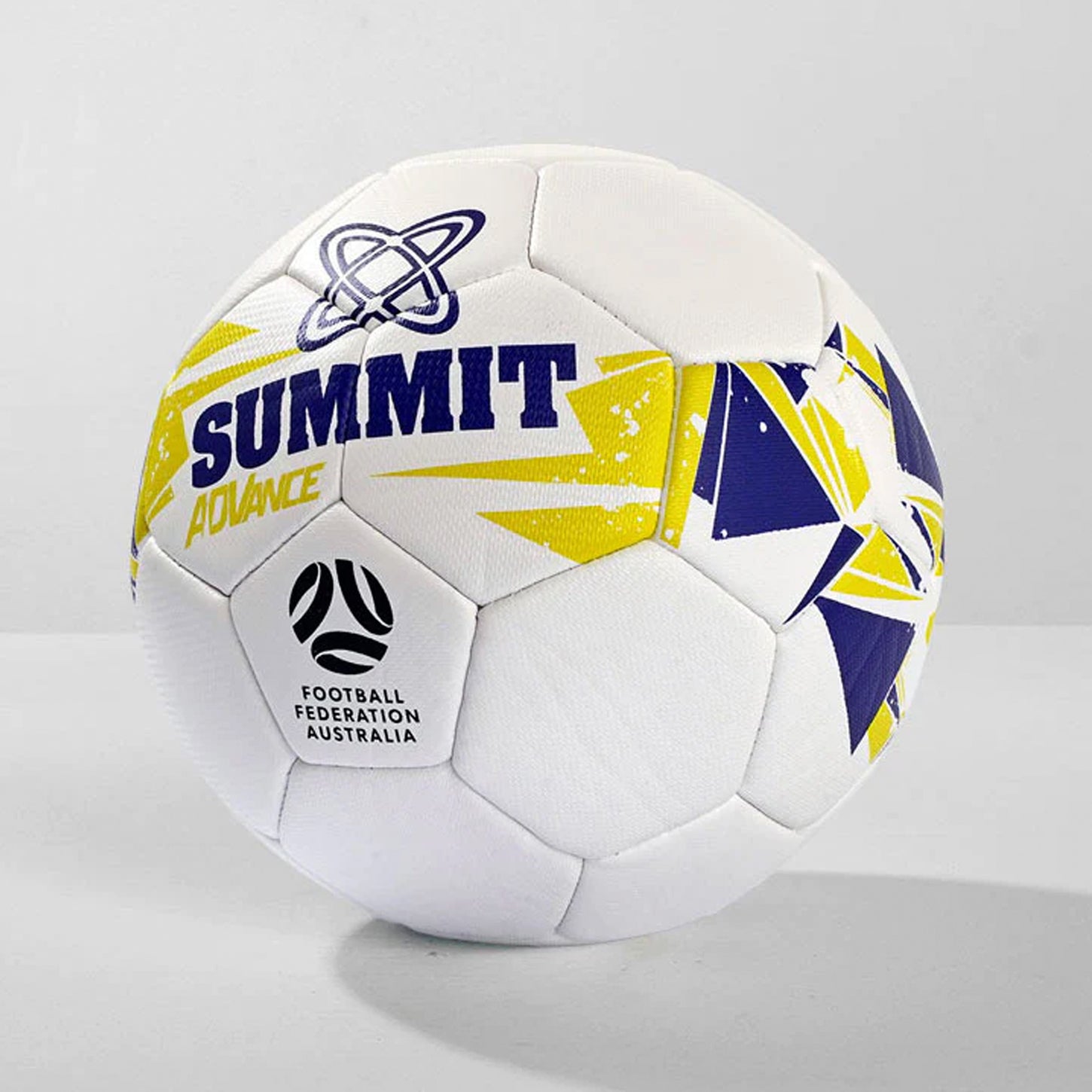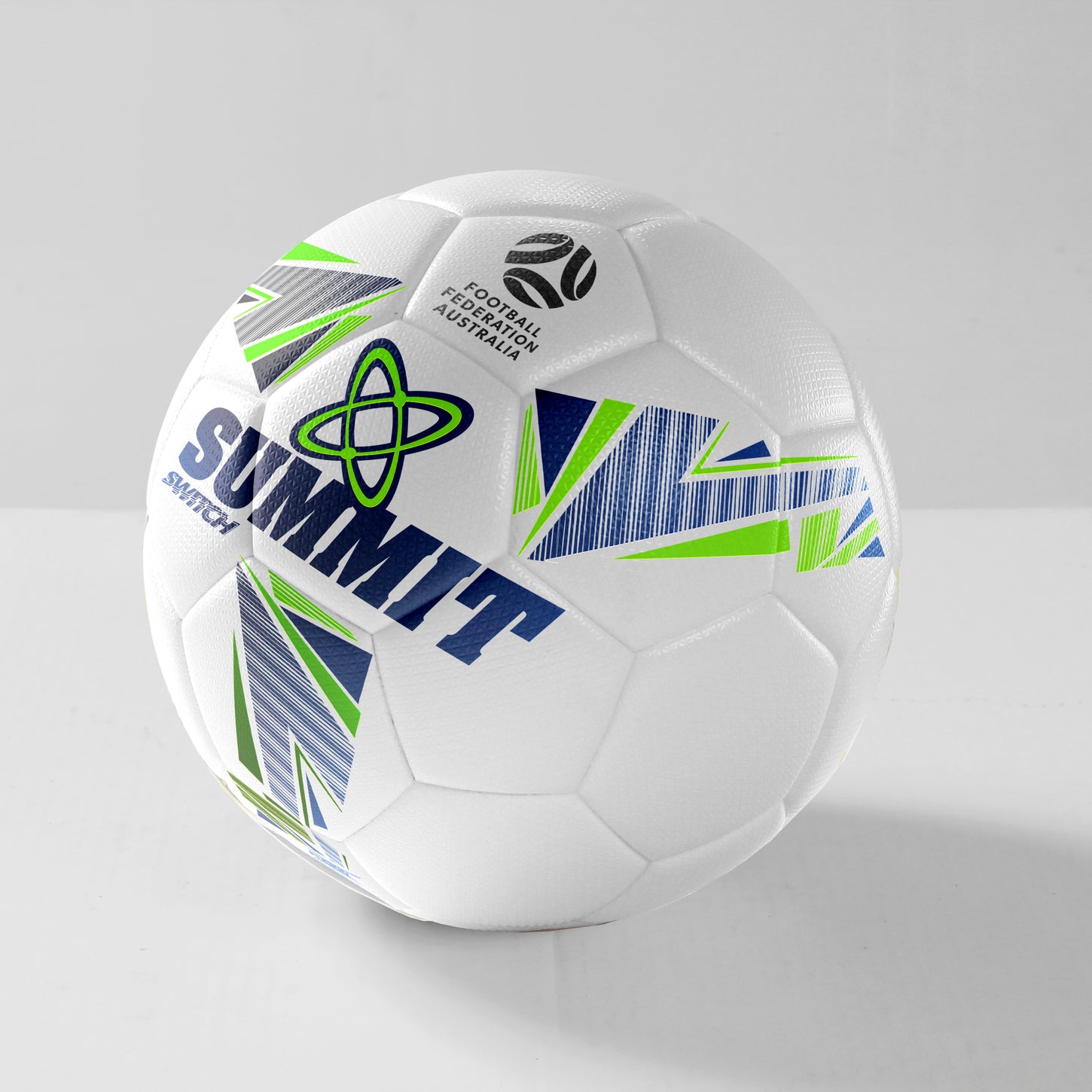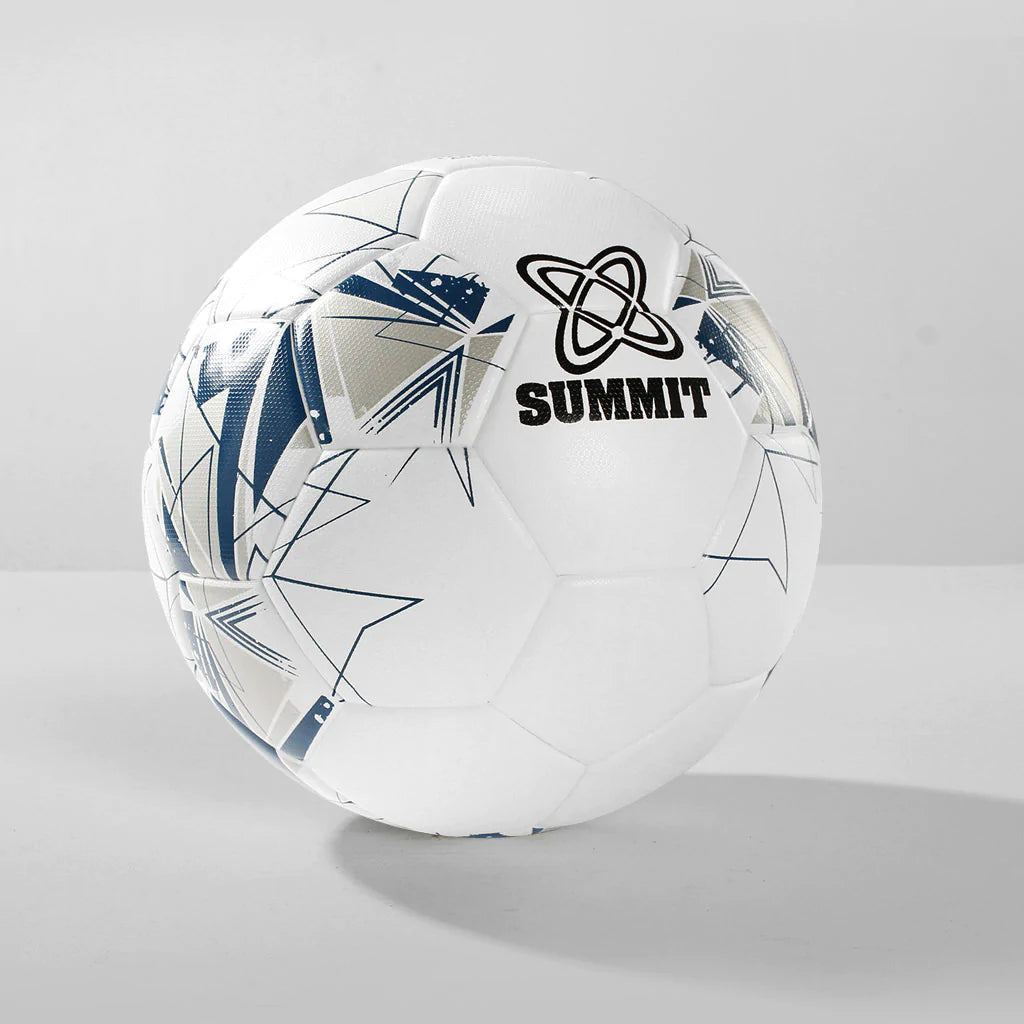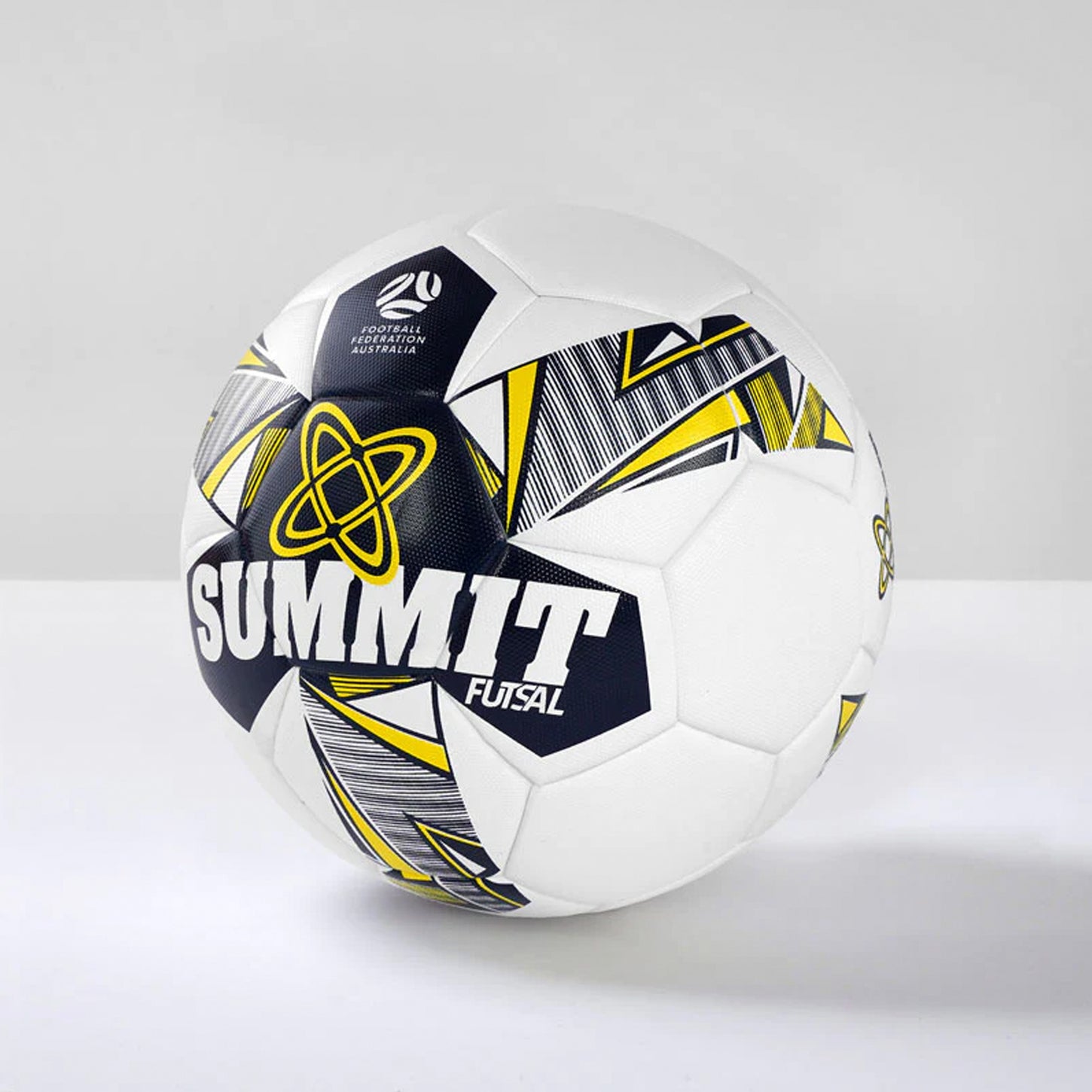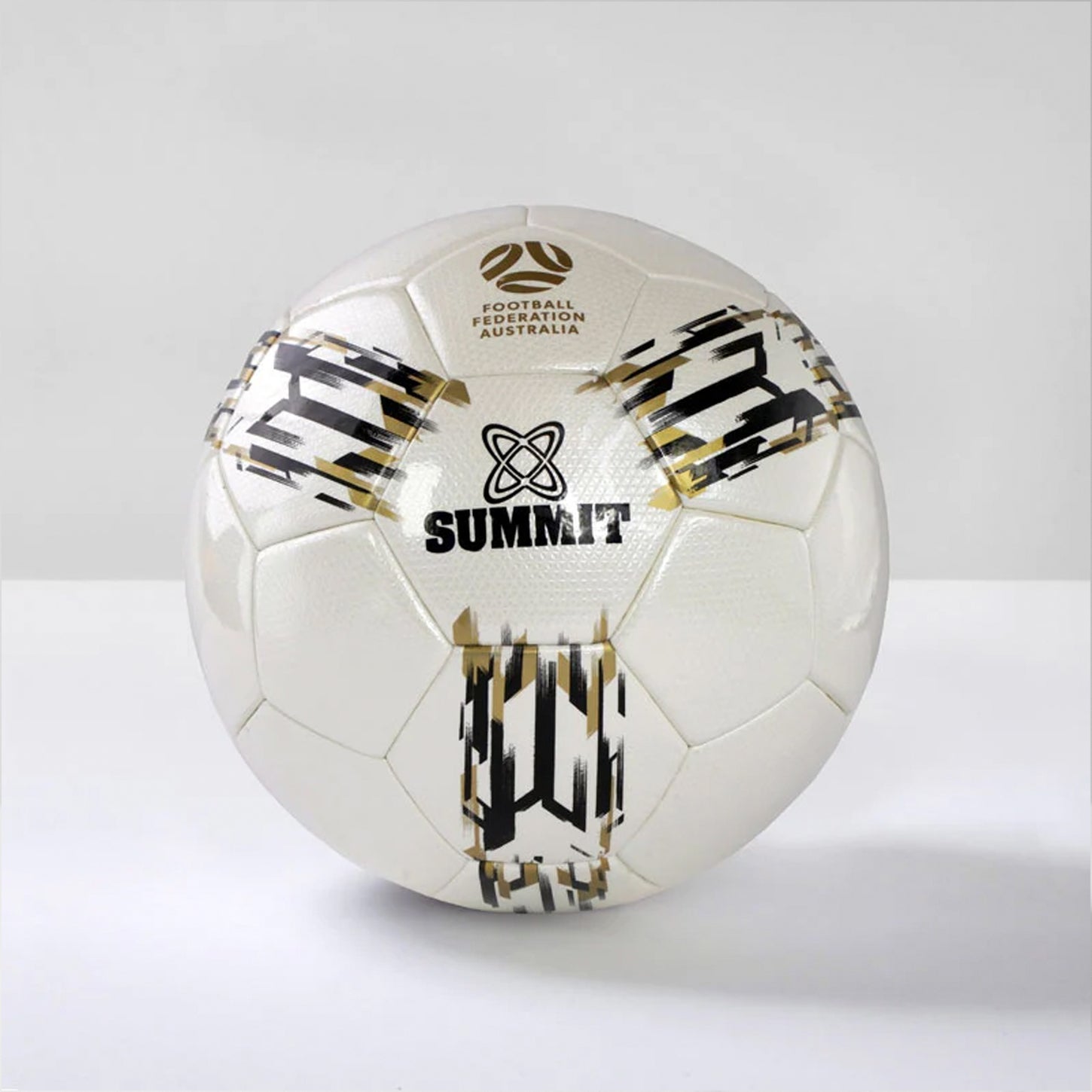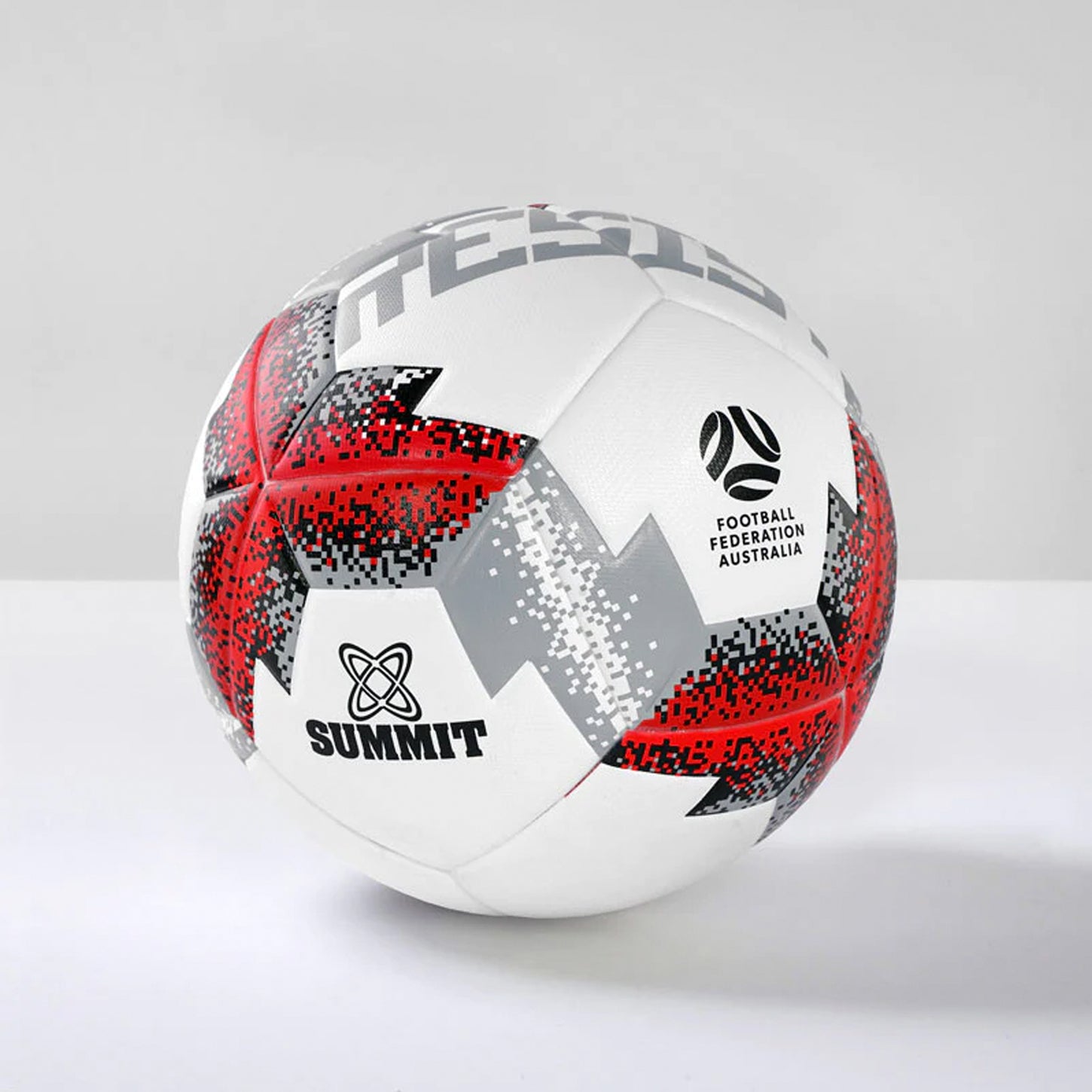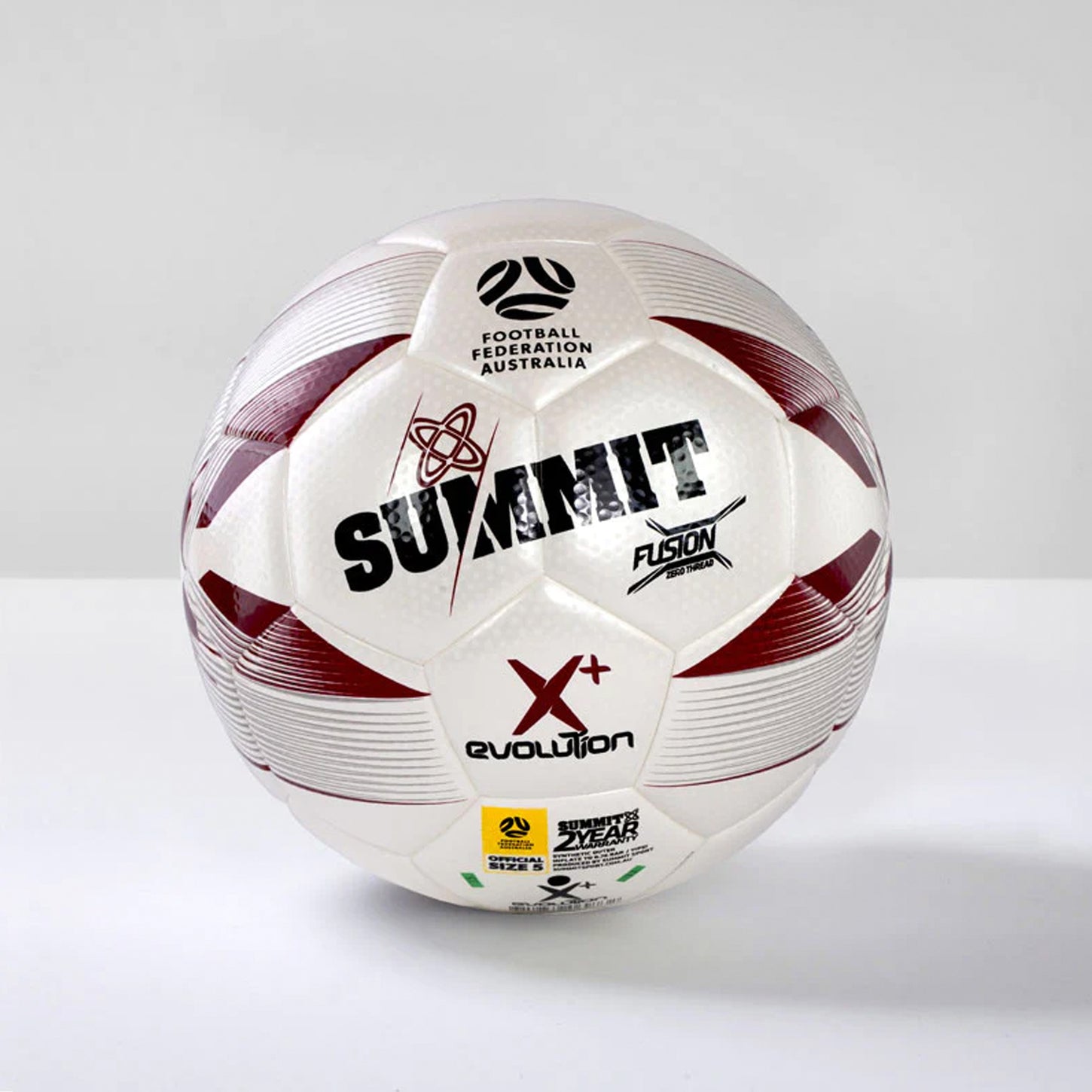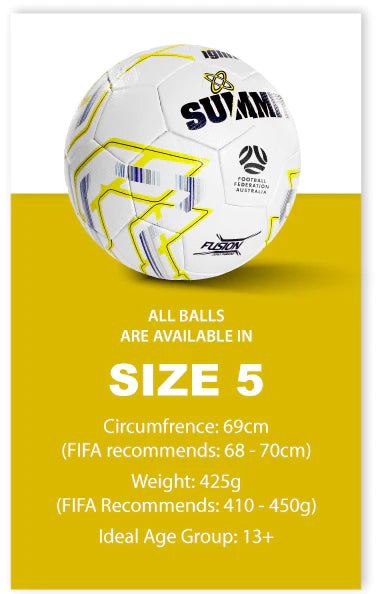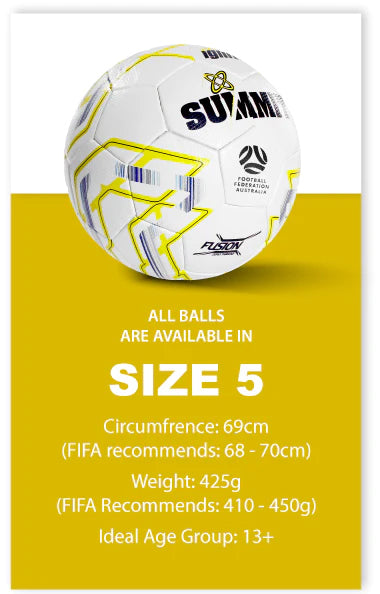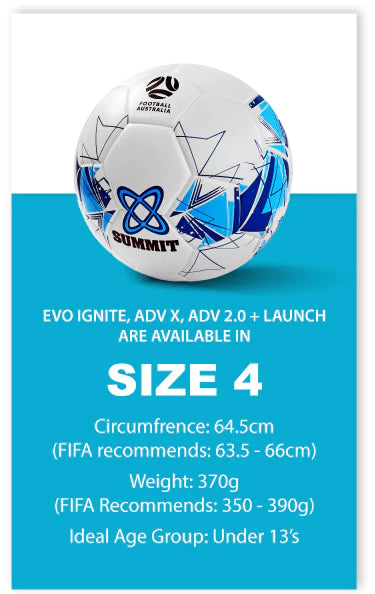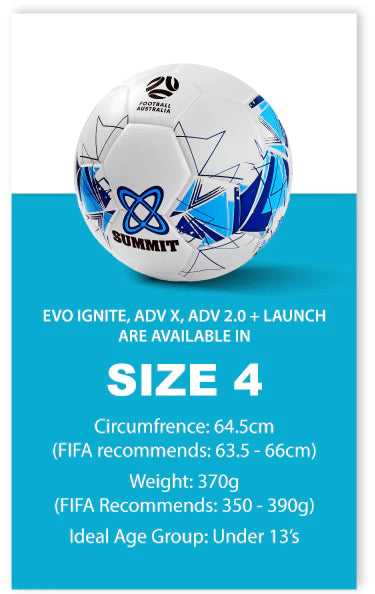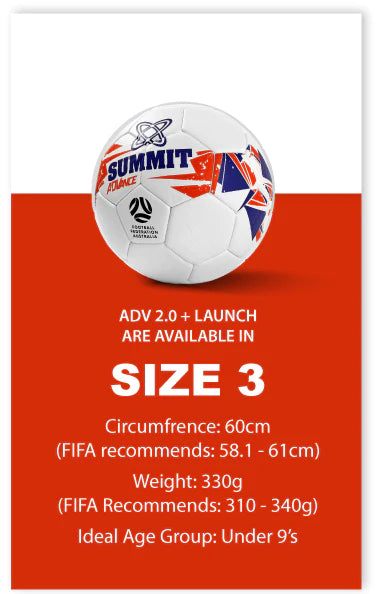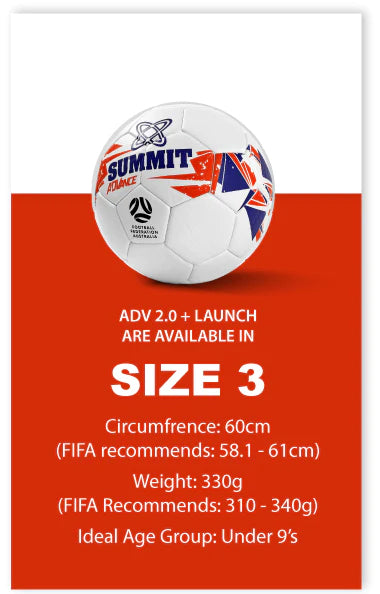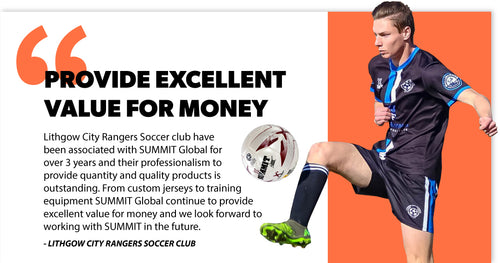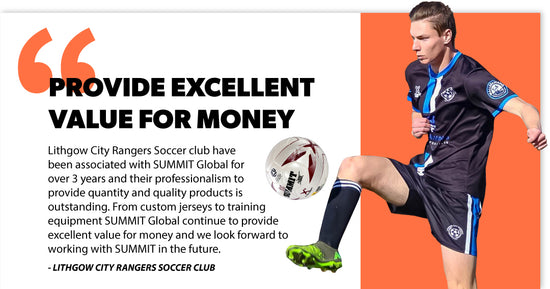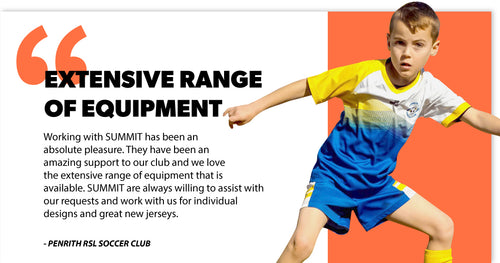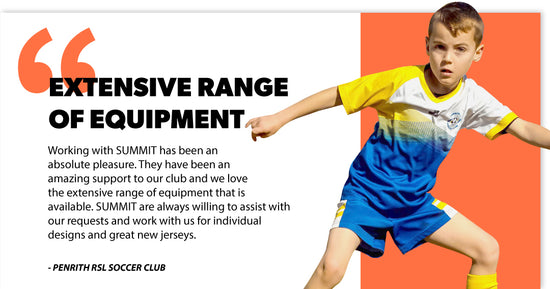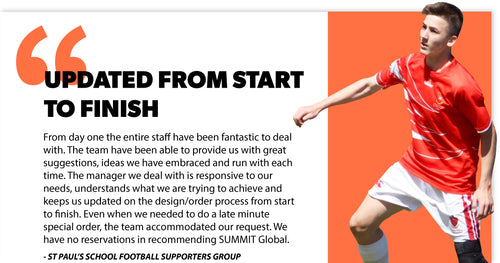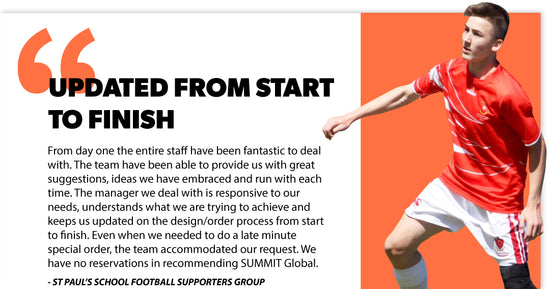Find the Right Football
Learn everything you need to know about Soccer Balls

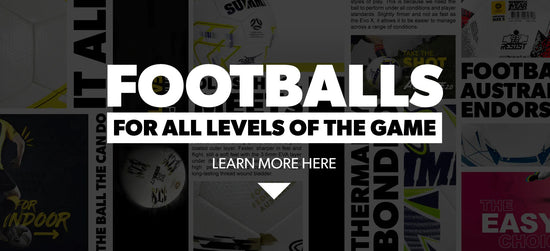
From inside out, SUMMIT pushes to be the best. Used by clubs around the world out latest range of footballs are pushing the limits of endurance and quality. Endorsed by Football Australia, our range is used by all levels of soccer players. Designed to deliver the best quality at all levels, there is a ball for every use. We believe our balls are so good they are guaranteed to 12 - 24 months, making them some of the longest guarantees within the industry.
TRAINING BALLS
Our range of match balls are of superior quality but come at a value price point. Feel the technology and playability across the entire range.
MATCH BALLS
The SUMMIT range of training balls can do it all, they are tough for every day training while replicating the feel of our top quality match balls.
What is the recommended Soccer Ball Inflation Pressure?
Size 5 Ball
Inflate size 5 ball to 0.7 - 0.76 BAR OR 10 - 11PSI
Size 4 Ball
Inflate size 4 ball to 0.62 - 0.7 BAR OR 9 - 10PSI
Size 3 Ball
Inflate size 3 ball to 0.55 - 0.7 BAR OR 8 - 10PSI
How does SUMMIT turn up the pressure?
To get the highest FIFA Pro standard, a soccer ball cannot lose more than 20% pressure over 72 hours. SUMMIT footballs easily pass this and take it to a whole new level. Our latest range of soccer balls have HELD THE CORRECT PRESSURE FOR OVER 720 HOURS!!
How do we make sizing easy?
Every SUMMIT football comes with a Football Australia stamp to signify its size. These colour grades make it easy to match size and needs quickly and effectively. Not only this, but the designs also reflect the colours of the sizes, again, helping you find the right size ball in the storage shed quickly before training.
What do our customers say about us?
